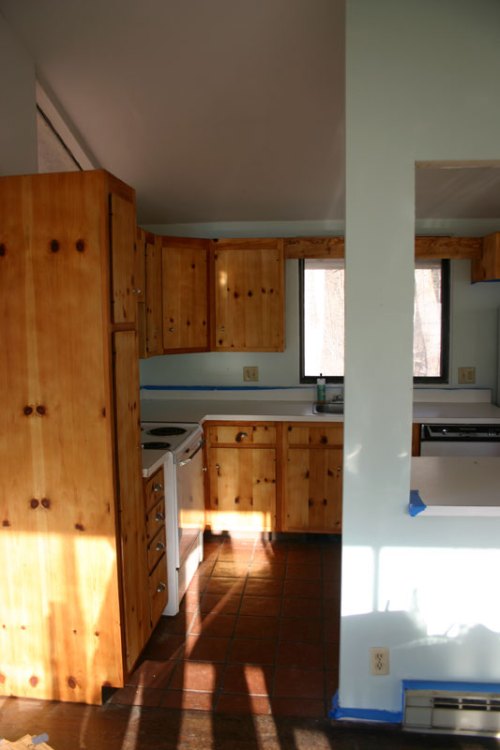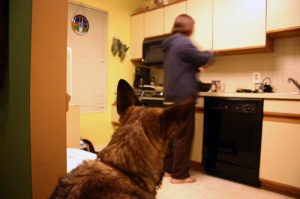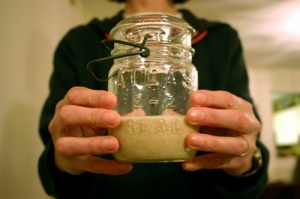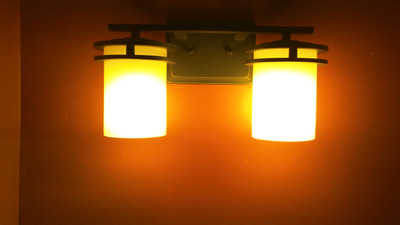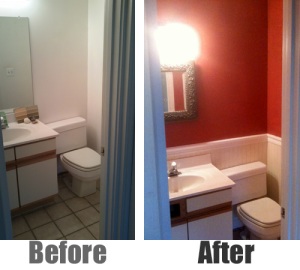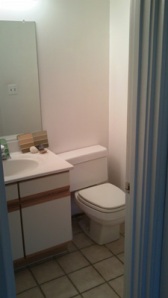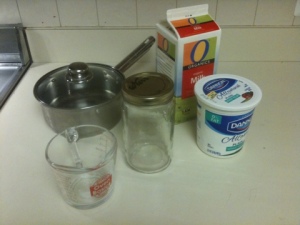This project is more theoretical than my usual homemade fare, but is no less DIY. It will test my ability to understand mysterious and complex market forces using my limited knowledge of economics.
I am a professional firefighter. In April of 2007, one of my colleagues was killed in an early-morning fire in a large home. Kyle and his Lieutenant were searching the second floor bedroom, unaware that that occupants had fled to safety at a neighbor’s house. He was 24. We had graduated from fire academy together less than a year earlier.
Shortly after the fire, I was sitting around the living room with my then-girlfriend (now wife), listening to her housemate rail against the numbing inanities of his job. By his own admission, it consisted of little more than moving papers through a red-tape labyrinth. Dreary and unchallenging, it paid substantially more than what I earned as a firefighter. I had, in fact, taken a pay cut when I entered fire academy. Despite working in an area in which firefighters are relatively well-paid, I was earning about $20,000 less than in my previous gig as a freelance designer and web developer, although I now worked harder, more often, and faced more risks.
In the raw, painful period following Kyle’s death, I was angry about the pay discrepancy. I lived with the possibility of injury or death, and spent considerable time to condition and train myself for the extreme stresses of a job in which a moment’s decision can alter lives; why was I less deserving than someone who spent their day shuffling papers? If we accept that money is the market’s collective means of placing a value on services, then the market was making a clear and unfavorable statement. My choices were making me a less valuable member of society.
I hope you can understand and forgive the bitterness in this question, which was greatly magnified by the events in which it first arose. It began as a simple query – why am I paid what I am, relative to other people (relative, even, to other jobs I’d held)? It was impossible to consider this without taking on more complex questions. Who determines the worth of my job? How do we, as a society, arbitrate the relative merit of each member’s contribution? Is pay an accurate measure of what we do?
And is there a better way?
Some Theories
There are some common-sense rationalizations for pay discrepancies between me and, say, an investment banker. Without delving (yet) into more sophisticated analysis, I generated a first draft of some explanations.
- Bankers create more wealth in society than firefighters.
- Firefighting is a physical profession. There’s a larger base of people from which to draw the labor pool, compared with the few people who possess the intelligence necessary for banking.
- Bankers require more extensive education and time investment to build their careers, and their compensation offsets the personal commitment and sacrifice they undertake.
- Bankers frequently take on debt to finance their education, requiring a pay structure that makes it possible to pay off loans.
- There are volunteer firefighters in some parts of the US, and their presence weakens the market for professional firefighters.
- As public servants, firefighters are paid from the limited money pools of cities and counties, rather than from the larger resources of the corporate market.
These arguments sounded legitimate on their surface, but as I chewed over these ideas, I found flaws in each. I wasn’t certain if the flaws invalidated the theories or were mere caveats. What I needed was some expert analysis. I needed someone who could help me understand the true economic value of a firefighter.
Seeking Expertise
Will Wright is perhaps the greatest game designer ever, and an immensely influential figure in the world of interactive media. My first encounter with one of his visionary projects was when I discovered a game called SimCity around 1990. SimCity was essentially an urban planning and development simulator, and it still blows my mind to think that Will Wright grasped how utterly absorbing it could be at a time when most games still involved running up and down ladders and shooting robots. The player controlled land use, linked areas through roads and mass transit, and established economic priorities to guide the growth of a village into a city, while dealing with crime, gridlock, and natural disasters along the way. I can still remember that areas grew more rapidly when provided with services. Spending some of my precious city budget to build police and fire stations had tangible, positive effects.
Will Wright, I realized, had probably done some investigation into the economic value of public services as he designed SimCity and its successors. He would have some insight into the first question, whether a banker truly creates more wealth than a firefighter.
Will Wright is a pretty busy guy. He’s effectively a celebrity in the world in which he works, an arresting speaker, a game designer whose works are anticipated feverishly for years before their release. It seemed ludicrous to consider that he might have the time to chat about a project he did 20 years ago.
I left a message on his voicemail.
Two weeks passed, and then, one day…
Well, one day I realized he wasn’t going to call me back. I would have to find some local experts to help me understand my place in the economy.
To be continued.






